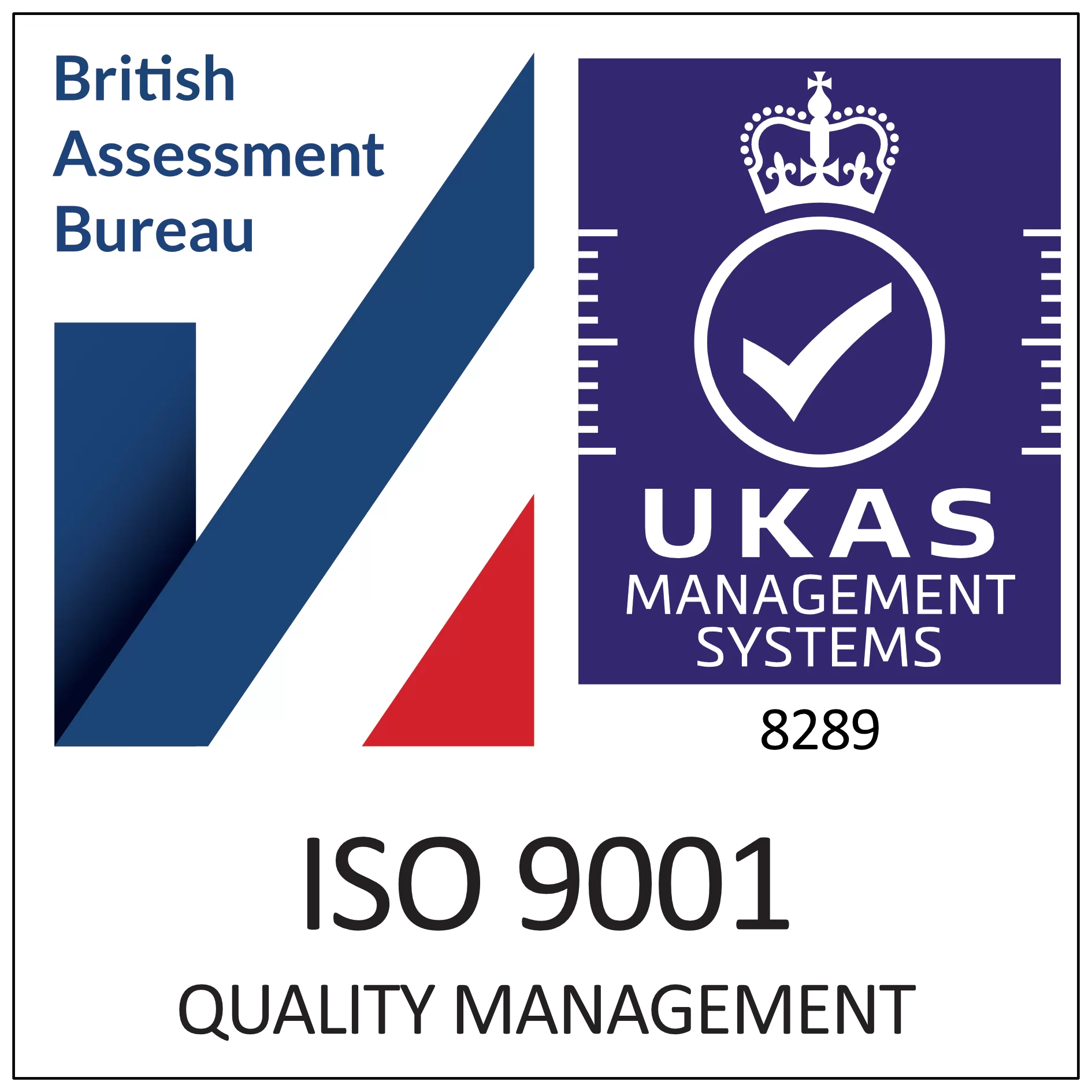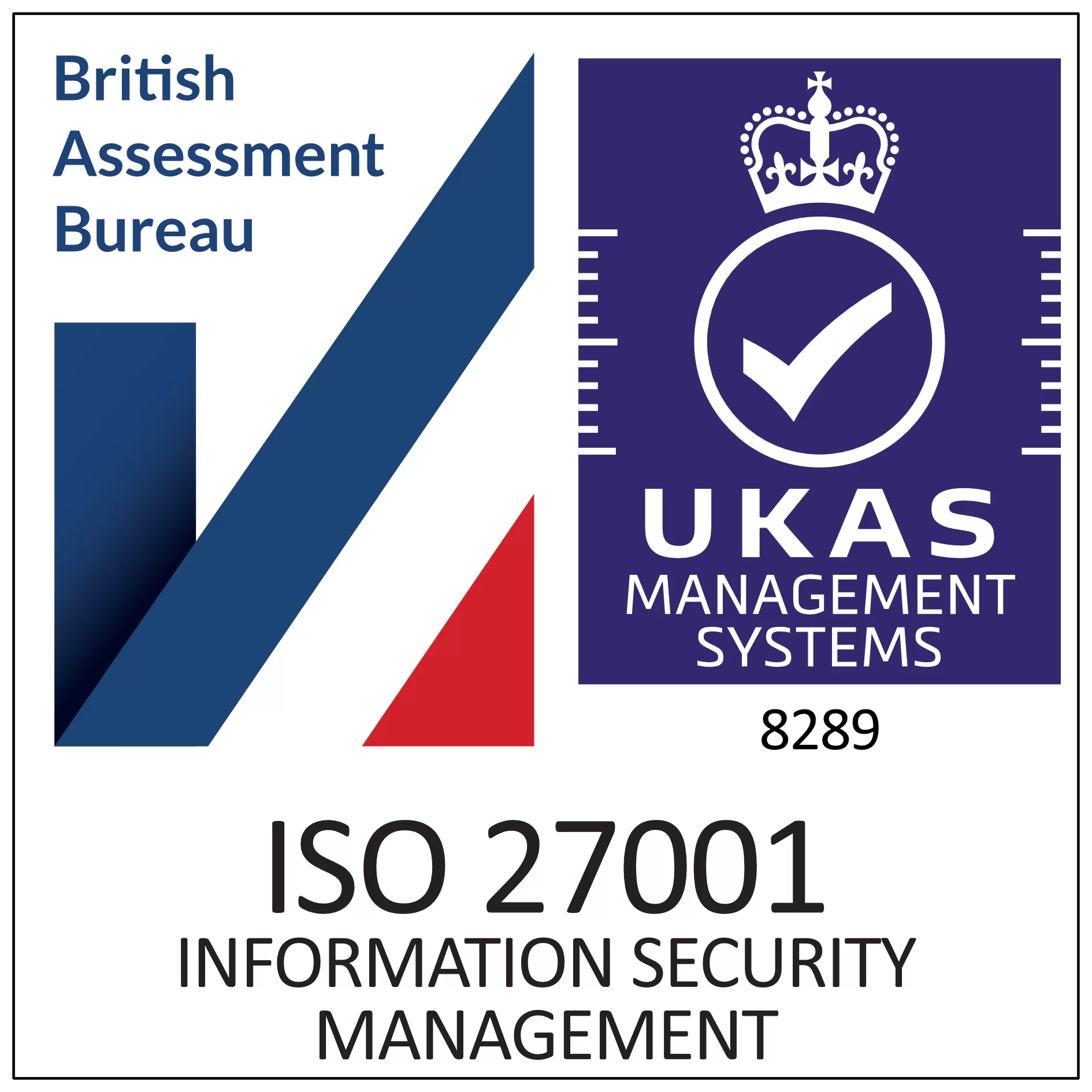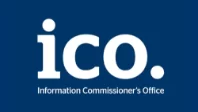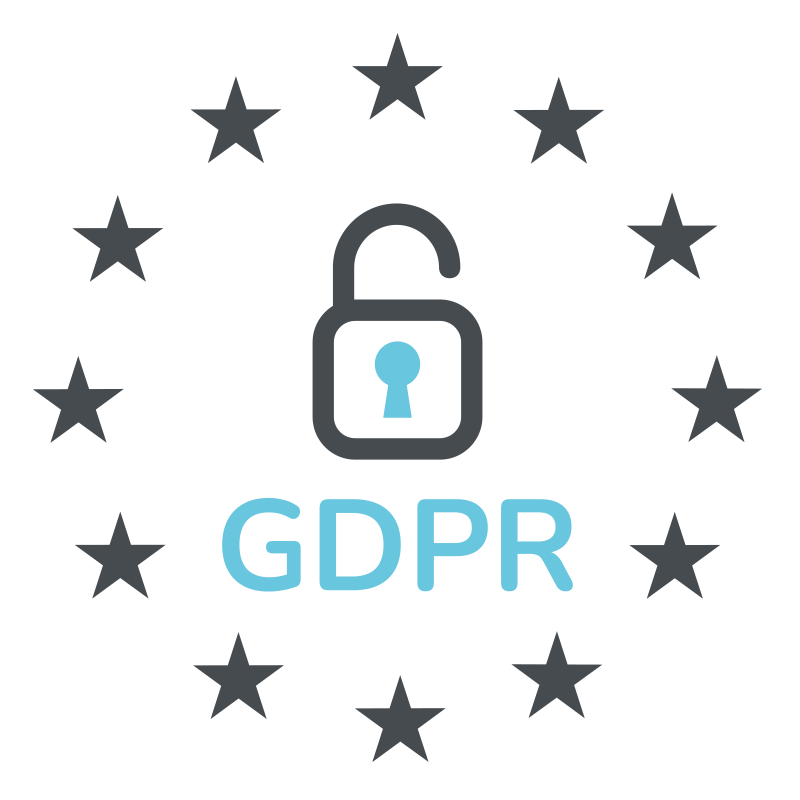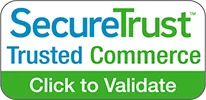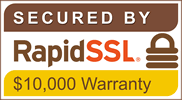What is a Service Level Agreement and How to Write One
Luke Garrett
Director of Product
PUBLISHED
31st December, 2024
Many businesses use service level agreements (SLAs) to clarify details of transactions with other organisations, customers, or even internally with other departments. Writing a well-structured SLA can help you establish clear and effective agreement documents in your business. That’s why in this guide, we will explain everything you need to know about SLAs, including when you would use this type of agreement and the steps for properly writing one.
What is a Service Level Agreement?
An SLA is a document that details a commitment between a service provider and their customer, including several important pieces. This includes details of the service, standards the provider must adhere to, and the metrics to measure performance. The specific contents of an SLA will vary based on the industry, service, and company. SLAs are most commonly used by industries like IT, transport and logistics, telecom companies, and the public sector.
These contracts protect both businesses and customers by ensuring that a certain level of service is provided and the repercussions if these standards are not met, or any agreed-upon obligations are not fulfilled. SLAs are typically used in transactions between businesses and their external suppliers. However, they can also be used in relationships between the business and customers or between departments within the organisational structure.
What are the types of SLAs?
- Customer SLA – an agreement between an organisation and a third-party vendor providing a service. An example of this is if an organisation hires an office supply company or design agency to fill specific business needs.
- Internal SLA – an agreement between teams within an organisation, e.g., the sales team requests the help of the marketing team for support with lead generation.
- Multi-level SLA – an agreement between multiple parties such as a company and several vendors, more than two teams within the business, or a vendor that provides services to customers with different service plans. For example, the sales and marketing teams within an organisation may find they need extra help from a third team like customer support, to maximise customer satisfaction.
When would you use an SLA and why are they important?
SLAs can be used whenever a company enters a new agreement with a vendor or subcontractor, as it helps to establish consistent outcomes and expectations. The length and content of an SLA depend on the needs of the business and parties involved. It can be beneficial to use a service level agreement template, if you regularly send these types of documents. As they can be quickly and easily tailored to the relevant recipients whilst saving a significant amount of time and resources in creating each document.
SLAs are an integral part of many business processes as they have multiple benefits for all parties including:
- Establishing trust and peace of mind that the service being provided will be done so to a high standard.
- It specifies the service, terms and conditions, and the standard of performance measurement to meet everyone’s expectations.
- An SLA can strengthen service provider and customer relationships and increase positive reputation as vendors can offer clients transparency and address concerns.
- Increase productivity and morale, SLAs outline the urgency of requests, allowing teams to prioritise the most important tasks first.
- Formalise communication, stakeholder conversations about IT issues can be challenging, no one wants customers calling multiple times a day, or for their service performance expectations not to be met. An SLA allows stakeholders to have structured conversations based on previously agreed-upon terms.
Key components of a Service Level Agreement
SLAs can vary across different industries, vendors, and the types of services being provided. However, there are general components that are typically included in a service level agreement:
- Agreement overview
- Description of services
- List and goals of stakeholders
- Service performance
- Services excluded from the agreement
- Conditions of cancellation
- Service tracking and reporting
- Risk management and disaster recovery
- Termination process
- Signatures
When creating an SLA, it can be beneficial to use a template to simplify the process and save time. E-Sign’s SLA template has all the relevant components required for an effective SLA, providing flexibility and placeholders for businesses to tailor their agreements to the specific needs of each recipient.
Download our free SLA template
How to write a Service Level Agreement
Below are the main steps you should follow when creating a service level agreement:
Define the service
It is essential that your service level agreement clearly outlines the services that will be provided. This section of the agreement should cover the following points:
- A list of stakeholders and their roles, along with points of contact
- Scope of service including both the services provided and excluded
- Vendor obligations such as the specific actions required by the vendor
- Customer obligations including how much the customer will pay and how frequently
- Specific conditions for cancelling the agreement, such as if goals aren’t met over a certain period of time
Clarify service levels
Service levels establish the performance or output of a service. This can be defined in different ways depending on the business and industry. For example, the service level in a call centre may be categorised as the number of calls answered in an hour. Whereas in a bakery it might be defined as the number of baked goods delivered to a client per day. Therefore, the service levels will likely look different in every agreement, and you should communicate with stakeholders to verify deliverables and deadlines.
Establish performance metrics
With clear performance metrics, stakeholders can determine whether a service has been completed successfully. Potential SLA examples include:
- Output quality – the technical quality can be measured by assessing factors like program size, coding defects, and platform alignment.
- Defect rates – the number of error outputs such as coding mistakes, incomplete backups, and missed deadlines.
- Security – breaches in security can be a risk and expensive to resolve. With an extra layer of protection in the SLA, you can ensure suitable preventative measures are taken to protect processes.
- The cost of meeting SLA goals – business process metrics can be included in SLAs, especially by IT customers by using existing KPIs to determine success.
Prepare the SLA document
Use all the information that has been gathered in the previous steps to prepare your service level agreement.
Review the agreement with all stakeholders
Before finalising your SLA, be sure to review all details and approach stakeholders for feedback. Stakeholder feedback is important as they will be the ones agreeing to each item, gathering signatures on the final document, and distributing it.
SLA best practices
Now you have a greater understanding of the basics of an SLA, here are some best practices that ensure your service level agreement is as effective and streamlined as possible.
Maintain accurate performance tracking
IT departments need to be able to accurately measure their response times in order to provide the highest standard of service. However, measuring SLAs can quickly become complicated with customers who are slow to respond and third-party escalations making response times appear worse than they actually are. Therefore, it is beneficial to ensure that your measurement and reporting systems can accommodate these exceptions. So the service can be tracked based on its real performance.
Simplify large, complex SLAs
Instead of creating larger and more complex service level agreements, use several smaller ones. This will allow you to measure and report on individual elements in your workflow. Not just everything as a whole, increasing accuracy. Also, it will be easier to keep your SLAs up-to-date and current with your business requirements.
Other important practices to consider also include:
- Ensure all stakeholders agree to the contents of the SLA before service delivery starts
- Set realistic and achievable service levels
- Create your SLA with end users in mind
- Use clear and precise terms to define relevant terms e.g., the service, service level, conditions, performance metrics etc
- Take the time to review the SLA, even after service delivery begins, to make any necessary adjustments where needed
Conclusion
Hopefully, this guide has provided you with a greater insight into what an SLA is and how to write one effectively. If your business regularly sends out service level agreement documents, you will benefit from our SLA template. This will allow you to create and tailor your agreement in just a few clicks, saving valuable time and resources for your team as well as increasing productivity and accuracy. We also have several other types of contract templates to support various business needs.
Contact us today if you’re looking for an efficient electronic signature and digital document management solution to transform your workflows. You can also get started with E-Sign by signing up for our 14-day free trial. This will allow you to explore the features and functionality of the platform for yourself and see how it could work for your business.
 Facebook
Facebook
 X (Twitter)
X (Twitter)
 LinkedIn
LinkedIn


